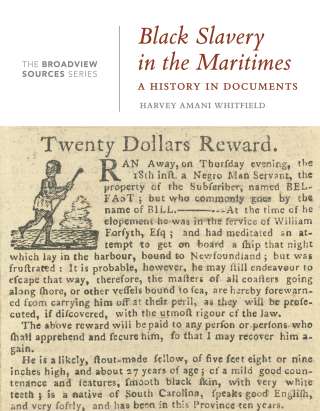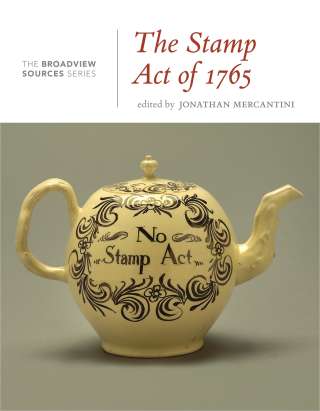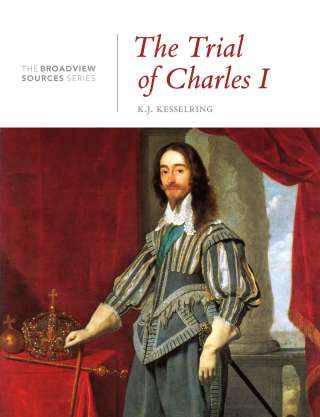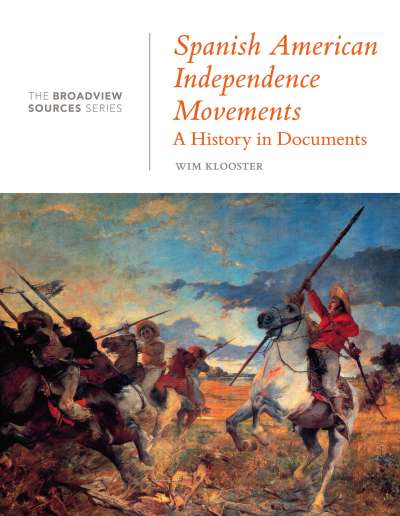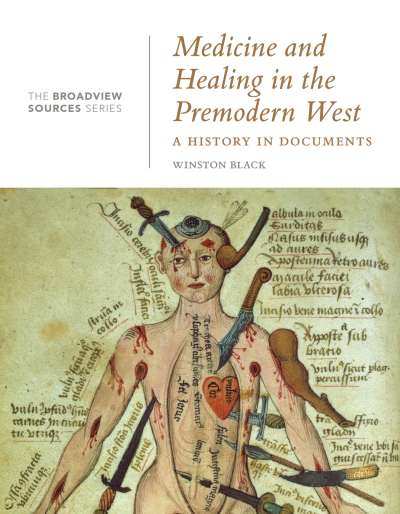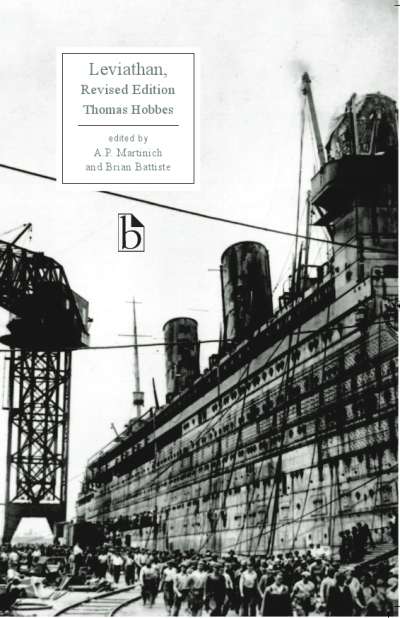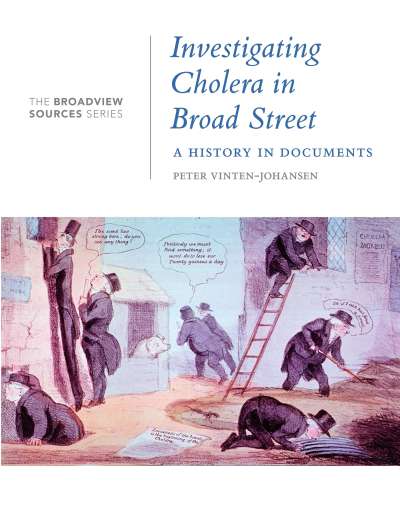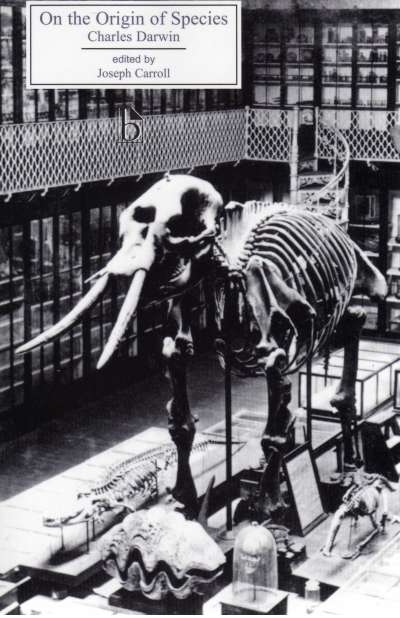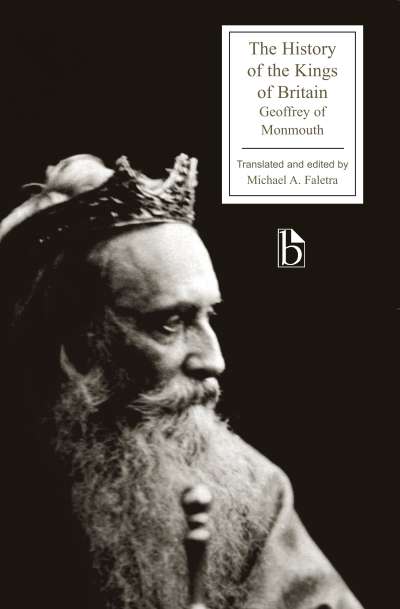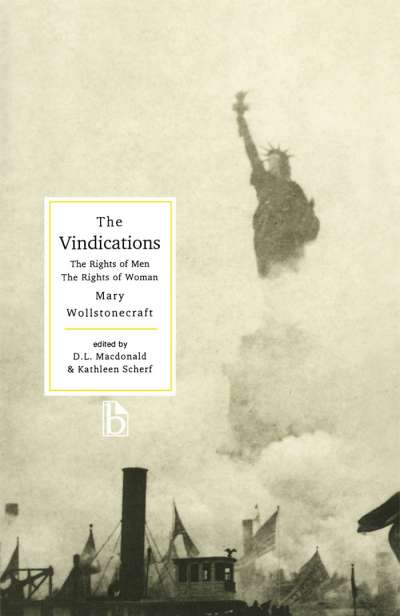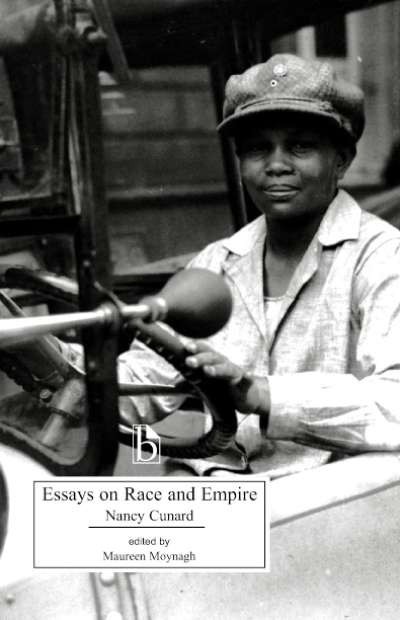In the fall of 1845, a mysterious blight ravaged Ireland’s potato harvest, beginning a prolonged period of starvation, suffering, and emigration that reduced the Irish population by as much as twenty-five per cent in a mere six years. The Famine profoundly impacted Ireland’s social and political history and altered its relationships with the United Kingdom and the rest of the world. This document collection provides a broad selection of historical perspectives depicting the causes, the course, and the impact of the Famine. Letters, speeches, newspaper articles, and other works are collected within, carefully described and annotated for the reader. A substantial introduction, a chronology of events, and a useful glossary are also included to aid in the interpretation of the primary texts.
Comments
“Karen Sonnelitter has compiled a remarkable collection of documents relating to Ireland’s darkest hour. In doing so, she has given voice to the many who shaped, endured, and lived through this awful catastrophe. This is a fantastic teaching tool and essential reading for all those interested in the history of the Great Irish Famine. The publishers are also to be commended for providing this valuable guide to the study of the Famine.” — Ciarán Reilly, Maynooth University
“This collection of key documents (ranging from Jonathan Swift writing in 1729 to Maud Gonne in 1900) helps to place the Great Famine in its longer historical context. The documents provide us with accounts by people from a range of backgrounds and political sympathies who witnessed Ireland’s perennial poverty and intermittent famines first hand. Karen Sonnelitter has done a deft job in selecting and annotating the documents in this collection. They not only make the Great Famine accessible from the perspective of those who lived through it but also provide valuable insight into life in Ireland in the eighteenth and nineteenth centuries.” — Christine Kinealy, Professor of History and Director of Ireland’s Great Hunger Institute, Quinnipiac University
Acknowledgements
Introduction
Chronology
Questions to Consider
PART 1: CONDITIONS IN IRELAND BEFORE THE FAMINE
- 1. Extracts from Jonathan Swift, A Modest Proposal (1729)
- 2. Extracts from Thomas Prior, A List of the Absentees of Ireland (1729)
- 3. Extracts from The Groans of Ireland: In a Letter to a Member of Parliament (1741)
- 4. Extract from Adam Smith, An Inquiry into the Nature and Causes of the Wealth of Nations (1776)
- 5. Extracts from Thomas Malthus, “Newenham and Others on the State of Ireland,” Edinburgh Review (1808)
- 6. Extract from J. Bellingham, Hints to Farmers on the Culture of Potatoes (1813)
- 7. Extracts from William Cobbett, Cobbett’s Weekly Political Register (25 October 1834)
- 8. Extracts from Mr and Mrs Samuel Carter Hall, Ireland: Its Scenery, Character, etc. (1841–43)
- 9. Extracts from Commissioners for Inquiring into the State of the Poorer Classes in Ireland, Poor Inquiry (Ireland) (1836)
- 10. Extracts from Thomas Campbell Foster, Letters on the Condition of the People of Ireland (1846)
- 11. Extracts from Mountifort Longfield, Lectures on Political Economy (1834)
PART 2: EFFECTS OF THE BLIGHT
- 12. Newspaper Accounts of the Blight
- 13. James Mahony, “Condition of Ireland: Illustrations of the New Poor-Law,” Illustrated London News (22 December 1849)
- 14. Extracts from William Bennett, Narrative of a Recent Journey of Six Weeks in Ireland (1847)
- 15. Extracts from Alexander Somerville, The Whistler at the Plough; with Letters from Ireland (1852)
- 16. Extracts from Lord Dufferin and the Honourable G.G. Boyle, Narrative of a Journey from Oxford to Skibbereen during the Year of the Irish Famine (1847)
- 17. Newspaper Coverage of Famine Diseases
- 18. Newspaper Coverage of Civil Unrest
PART 3: GOVERNMENT RESPONSES TO THE FAMINE
- 19. Extracts from Instructions to Committees of Relief Districts (28 February 1846)
- 20. Extracts from Speech by Earl Grey in the House of Lords (23 March 1846)
- 21. Extracts from Sir Robert Peel, Memoirs of the Right Honourable Sir Robert Peel (1857)
- 22. Extracts from Speech by Lord John Russell in the House of Commons (17 August 1846)
- 23. Extracts from Correspondence Explanatory of the Measures Adopted by Her Majesty’s Government (1846)
- 24. Bill to Make Provision for the Punishment of Vagrants (15 April 1847)
- 25. Extracts from C.E. Trevelyan, The Irish Crisis (1848)
- 26. Papers Relating to the Proceedings for the Relief of Distress (1848)
PART 4: NON-GOVERNMENT RESPONSES TO THE FAMINE
- 27. Public Opinion in the Press
- 28. Extracts from William Henry Smith, A Twelve Months’ Residence in Ireland, during the Famine and the Public Works, 1846 and 1847 (1848)
- 29. Extracts from James H. Tuke, A Visit to Connaught in the Autumn of 1847 (1848)
- 30. Extracts from Report of the British Association for the Relief of the Extreme Distress in Ireland and Scotland (1849)
- 31. Extracts from Thomas Carlyle, Reminiscences of My Irish Journey in 1849 (1882)
- 32. Extracts from “The Famine in the Land—What Has Been Done, and What Is to Be Done,” Dublin University Magazine (April 1847)
- 33. Extracts from the Central Relief Committee of the Society of Friends, Distress in Ireland, Extracts from Correspondence (1847)
- 34. Extracts from Transactions of the Central Relief Committee of the Society of Friends during the Famine in Ireland in 1846 and 1847 (1852)
- 35. Reactions in the United States
- 36. Bishop John Hughes, A Lecture on the Antecedent Causes of the Irish Famine (1847)
PART 5: EFFECTS OF THE FAMINE
- 37. Extracts from William Steuart Trench, Realities of Irish Life (1868)
- 38. Newspaper Coverage of Evictions
- 39. Extracts from Robert Whyte, The Ocean Plague: Or, a Voyage to Quebec in an Irish Emigrant Vessel (1848)
- 40. Extracts from Papers Relative to Emigration to the British Provinces in North America and to the Australian Colonies (1847)
- 41. Excerpts from the Annals of the Grey Nuns
PART 6: AFTERMATH
- 42. Report on the Famine by Sir William Wilde, Census of Ireland for the Year 1851 (1856)
- 43. Extracts from Mary Ann Sadlier, Bessy Conway; Or, the Irish Girl in America (1861)
- 44. Extracts from Anthony Trollope, Castle Richmond (1860)
- 45. Extracts from John Mitchel, The Last Conquest of Ireland (Perhaps) (1861)
- 46. Maud Gonne, “The Famine Queen,” United Irishman (7 April 1900)
Glossary of Key Figures and Terms
Select Bibliography
Karen Sonnelitter is Assistant Professor of History at Siena College and author of Charity Movements in Eighteenth-Century Ireland.


